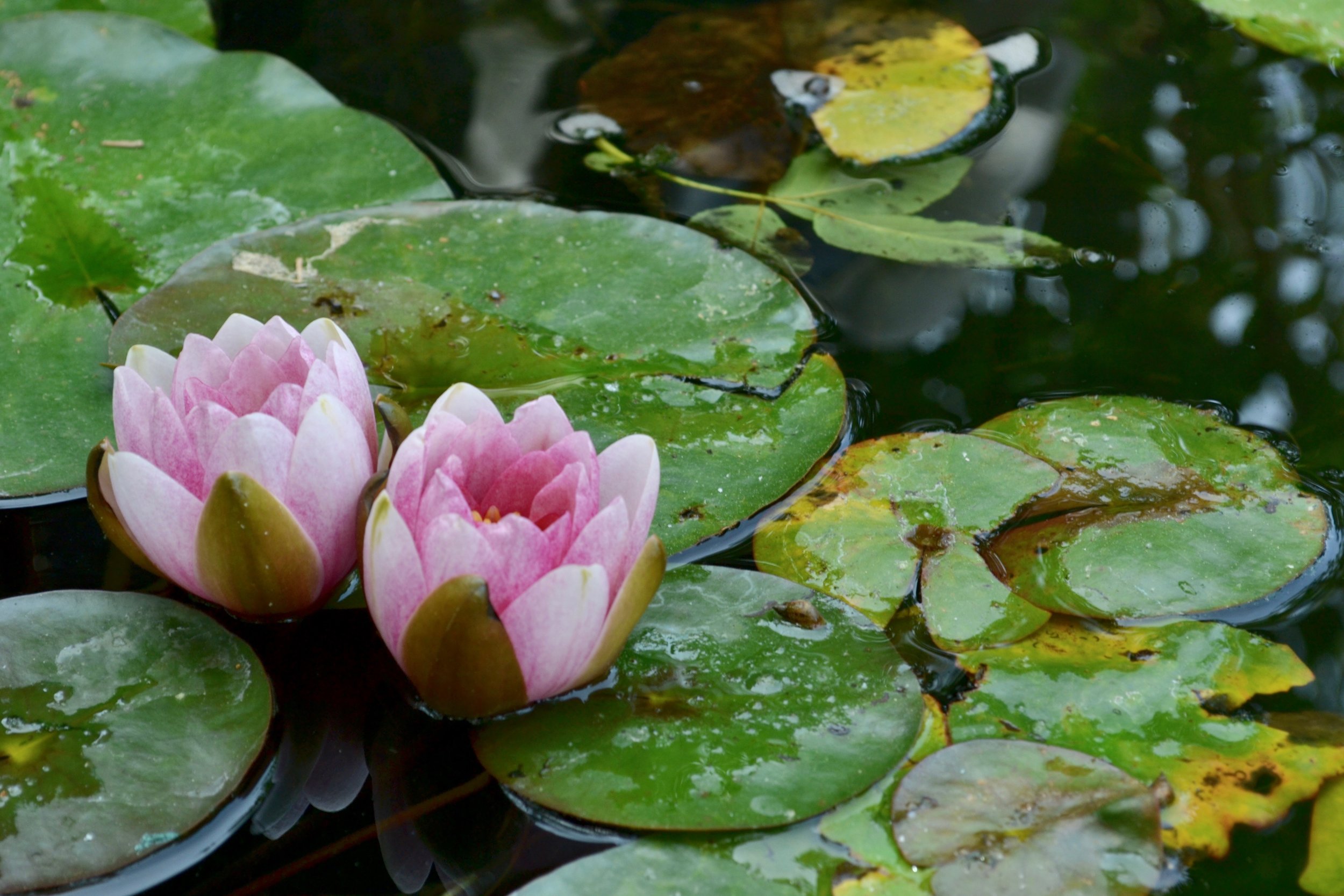When I’m talking to people about how they might heal their frustrating, challenging, painful relationships with food, one of the most powerful metaphors I know is about walking vs. running.
Walking is something that’s natural, inherently good for you, and low-stress on your body (for most able-bodied folks).
Running is more mixed. Some people love running! It really works for them and makes them happy or helps them achieve their goals! But running is also harder on your body — if done too much or in a way that doesn’t work for you, it can cause injury, pain, and hurt your capacity to even walk.
Here’s what any physical therapist would probably tell you: if you have an injury from running, you have to give it up for a while.
Can you see where I’m going with this?
In this metaphor, listening to your body about what to eat is walking. You are walking when you:
Wait until you’re hungry to start eating
Stop eating when you’re satisfied
Pay attention to how foods make you feel as a way to figure out how much and what foods to eat
These are the basics — something that’s pretty much universally good for us. I mean, I think all of us can agree that if you frequently eat when you’re not hungry, or you frequently eat past fullness, or you frequently eat foods that don’t make you feel good…you’re probably not taking great care of your body.
Many of people in the world can “walk” with ease — they eat when they’re hungry, stop when they’re full, and use food for pleasure and to care for themselves in a balanced way that works for them.
However, if you’re reading this, there’s a good chance that, at this moment, you’re not one of “those people.” That’s where running comes in.
We’re “running” when we start doing more complex, intense, challenging stuff with our eating. I would put food plans and dieting — including keto, paleo, intermittent fasting, and being vegan because we want to lose weight — in the category of “running.” We’re overriding some innate signals we may have (signals like I’m hungry! or I want to eat cake!), it takes a lot of energy, and most importantly, we can really hurt ourselves — physically, emotionally, intellectually, and spiritually.
The challenging part about running is that not everyone hurts themselves. Some people do great! They use running to help themselves become or stay thin or have more socially-prized body shapes. And, frankly, we may be jealous of them (more on my thoughts thinness here, but for now, I’m trying to accurately name how we feel in those moments).
But just because other people be able to run twenty miles a week, for twenty years, without injury doesn’t mean that we can. And, in fact, the longer we’ve been trying to “run,” the more likely it is that we have complex, unhappy, dysfunctional relationships with food.
The longer we’ve been trying to “run,” the more likely it is that we can’t even remember how to walk without pain anymore.
…
The good news is that it is possible to heal.
The bad news is that you need to give up running. Maybe forever. But definitely for a while.
Healing happens when you stop running, re-learn how to walk without pain. Walking can be simple, low-stress, and joyful. It’s something that is our natural birthright.
And, of course, when I say “walking,” what I really mean is “eating.” Eating can be simple, low-stress, and joyful. It’s something that is our natural birthright.
There are lots of ways to re-learn how to walk without pain, but one that I highly recommend is joining a Dessert Club. It’s an 8-week, small group class with me, held over video conference so you can join from anywhere. I only run them twice a year, and the next groups start soon. Here’s more info, if you’d like.
And, as always, I’m rooting for you in the week ahead. You’ve got this.

